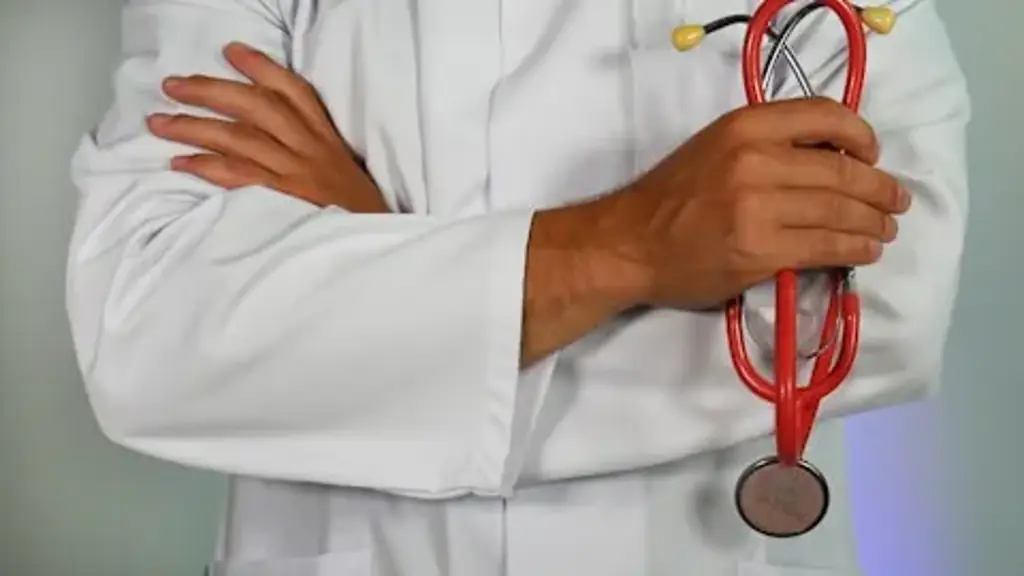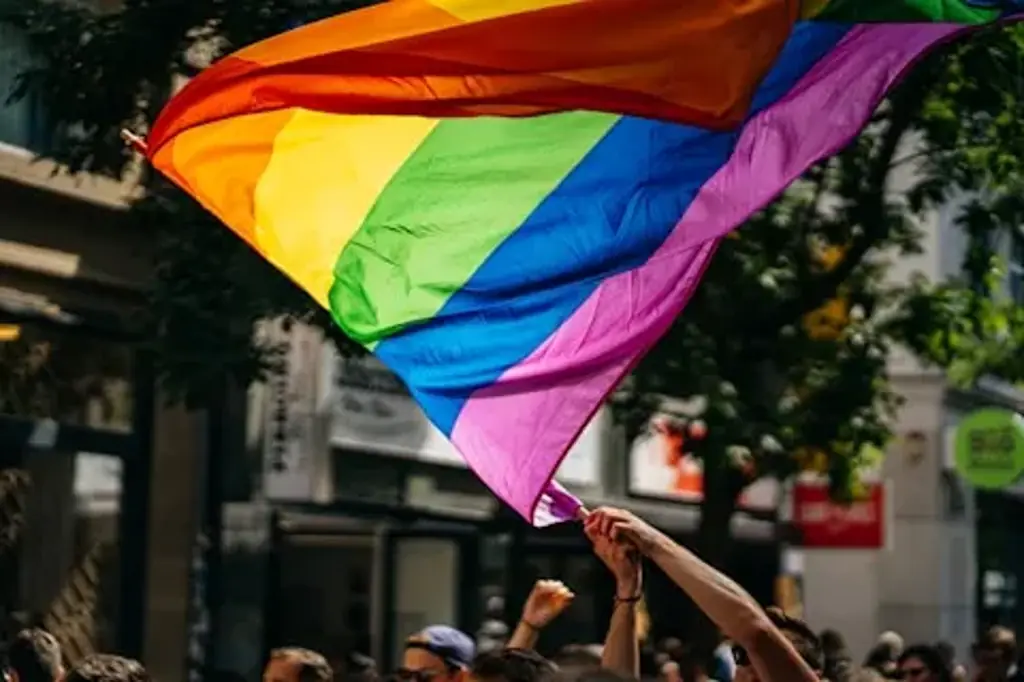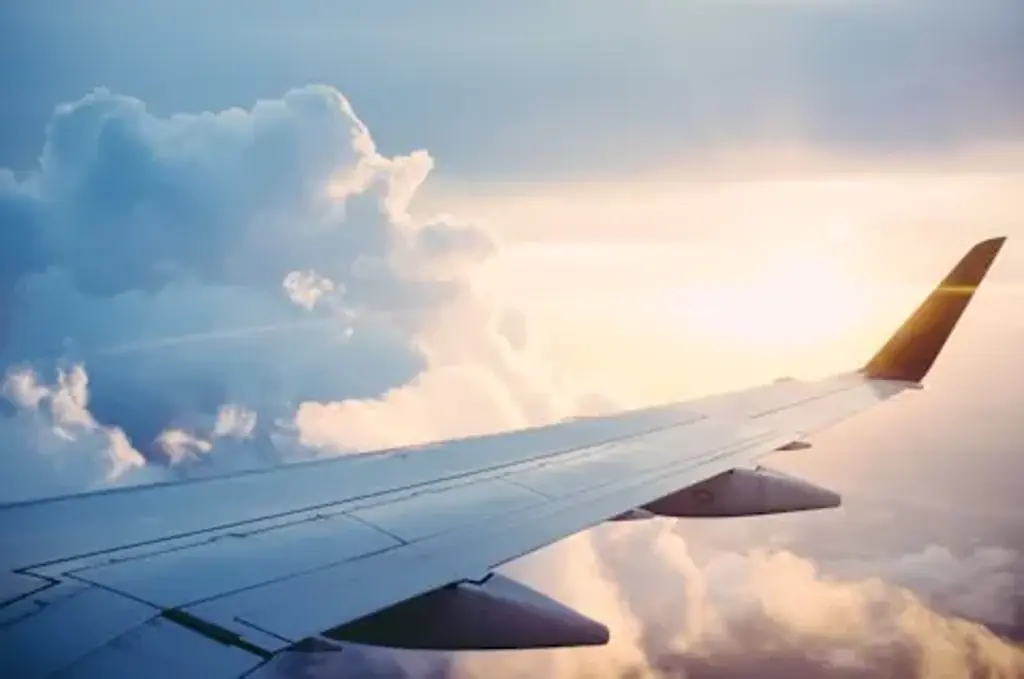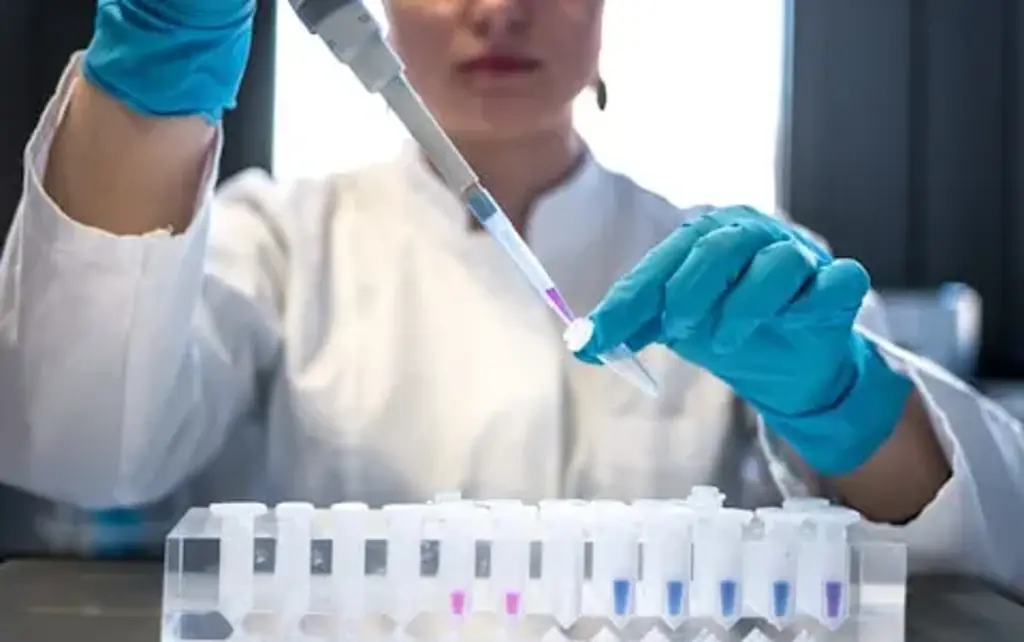
It's not a very well known fact that thousands of pilots in the US carry guns in their cockpit. While it may come as a shock to some, there's a clear and obvious reason behind the equipping of the pilots: hijackers.
Ever since the 11 September 2001, hundreds of American pilots have been heading to Artesia, New Mexico, every year in order to learn new skills. The training lasts for less than 56 hours and is spread across five days. In the sessions, which are attended by normal pilots from the likes of Delta, Unite or Southwest, the pilots are trained to shoot hijackers.
Seventeen years ago, the world was left in a state of shock after four American planes were hijacked in the space of 74 minutes, leading to scenes of devastation.
A year later, the Arming Pilots Against Terrorism Act was passed, meaning that US pilots - who worked for US airlines - could carry guns in the cockpit.
The first class graduated in 2003 and courses have been running since. Despite being a long-standing programme, it remains widely unknown. Last month, when speaking about is reasons for arming teachers, President Trump said that "a lot of people don't understand" that some pilots are also armed.
While there is no official figure of how many pilots are now armed, the government claims that is is in the "thousands." The names of the pilots have also been kept secret. Speaking to the BBC, one pilot estimates that one in 10 American pilots will be armed.
The training is voluntary and the programme is completely free, as is the gun. However, armed pilots are not paid extra and must take annual leave in order to undergo the course.
"I've met hundreds of them," says Eric Sarandrea, deputy director of the Federal Air Marshal Service, which oversees the programme. "The first words out of my mouth are 'thank you'."
"They are patriots," he says. "They're concerned about the safety and security of their passengers. They really take it to heart."
Training takes place in a classroom, before moving to a shooting range where students learn how to fire the weapon from both a seated and standing positions. The pilots prepare for hijackers trying to steal their gun and are also instructed to never exit the cockpit. "They want that door bolted shut, get the aircraft on the ground," says Sarandrea.
Pilots are permitted to carry the gun on a hip holster while in the cockpit, but outside, they must be transported in locked boxes.
"Their [the pilots'] authority lies within the flight deck," says the deputy director. "They can't be walking around to the stores or the malls with the firearm on their person."
"There's not much we can do for them apart from say 'thank you'," says Sarandrea. "We send them a certificate of appreciation every five years. When they retire, we give them a memento."
Despite the fact that the firearms haven't had to be used yet, Sarandrea says that the threat to airplanes is still serious.
"I stay in touch with counterparts around the world, and we believe there's a cycle to it," he says.
"With Isil, and Al-Qaeda, there's a fixation on aviation. For me - and it's a personal opinion - it's the crown jewel [for terrorists].
"Get on board an aircraft, take control of it, you'll be the number one terrorist organization in the world."
Let's hope that these guys never have to use their weapons. While it's worrying to think that our pilots are carrying firearms on board, it undoubtedly makes air travel that little bit safer.














